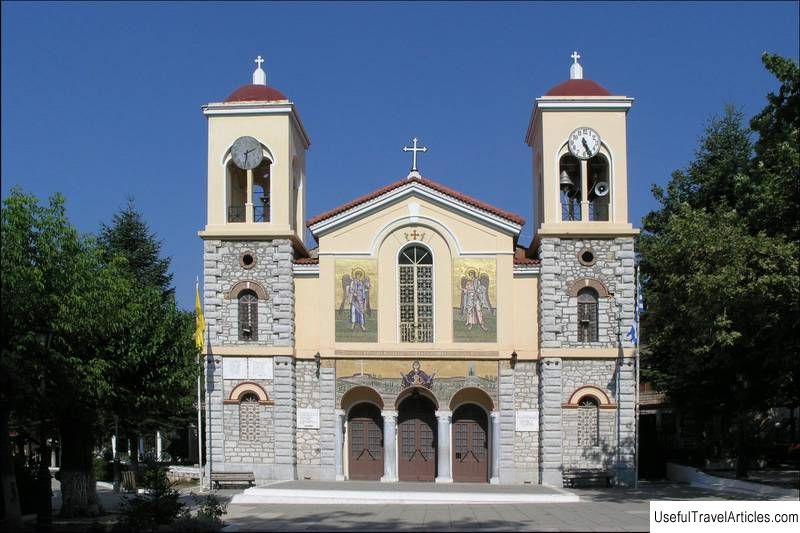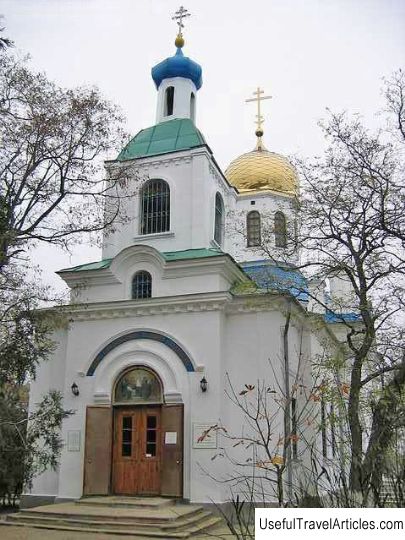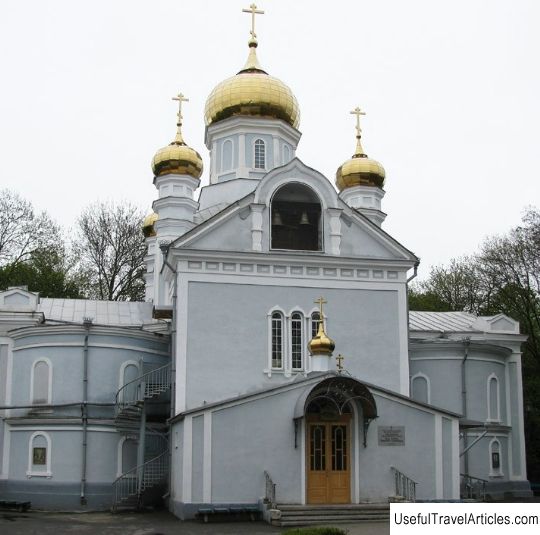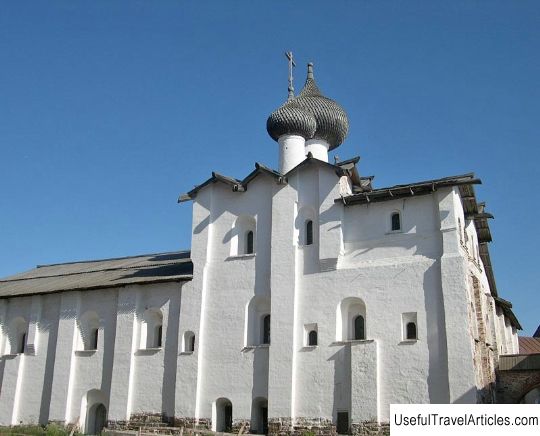Church of the Assumption of the Blessed Virgin Mary description and photos - Russia - Golden Ring: Murom
Rating: 9,0/10 (7543 votes) 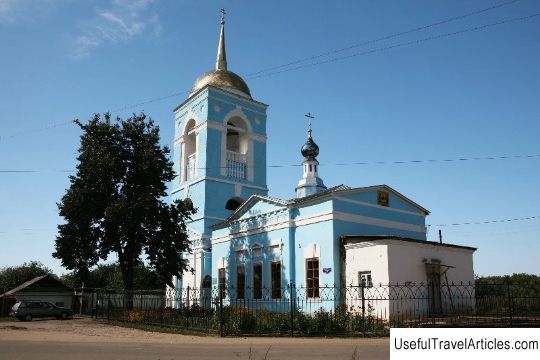
Church of the Assumption of the Blessed Virgin Mary description and photos - Russia - Golden Ring: Murom. Detailed information about the attraction. Description, photos and a map showing the nearest significant objects. Photo and descriptionIn the city of Murom on Krasnoarmeyskaya street, building 41A, there is a unique architectural monument - the Church of the Assumption of the Mother of God. As you know, a large number of churches around the world are consecrated in honor of the Assumption of the Virgin. It has long been believed that on this holiday the disciples of Jesus Christ, who preached Christianity in various countries, found themselves in an extraordinary way in Jerusalem for the burial of the Mother of God. Thus, the meaning of the holiday lies in the fact that dormition or death is only a temporary state of a person, and after the Second Coming of Christ, eternal life will be given. It was in honor of this holiday that the church in Murom was consecrated. The Assumption Church is visible from afar, because its two-tiered bell tower is very high. The earliest mentions of the temple date back to 1566, when it was still wooden. In 1790, with the financial support of a wealthy merchant Dmitry Likhonin, an amount was allocated for the construction of a stone church. The church was built with one dome, and in it there was one altar, while the main one was consecrated in honor of the Dormition of the Mother of God, and the second - in honor of Dmitry Thessaloniki, who died a martyr's death. In the middle of 1829, a refectory was built, after which a bell tower was added in 1836. There are many icons, liturgical books and church utensils in the temple. As for the external changes, the temple was not rebuilt after 1836, while the interior decoration was changed many times. It is important to note that the Assumption Church is a true monument of the era of classicism. The history of the temple is more than 220 years old, and during this time the church has undergone a huge number of restorations and all sorts of additions that relate to the appearance. Unfortunately, the main chapel has not survived to this day - it was destroyed. Today you can see the refectory and the bell tower, which are connected to each other by a small porch. The refectory room is rectangular and covered with a gable roof crowned with a dome and a cross. The central part of the facade is made in the form of a convex projection, which creates a single spatial-volumetric composition and ends with a triangular pediment. The present risalit serves as a unifying link for three window openings, skillfully decorated with various decorative elements, for example, a recessed rectangle. Decorative design of the cornice is made in the presence of "crackers", that is, small rectangular protrusions that together form an extended discontinuous row. The bell tower of the Assumption Church is faceted and rectangular in plan, and its wedding is represented by a hemisphere and a spire. The lower tier of the belfry is decorated with large arched openings, which are framed by vertical columns. All facades of the lower tier end with a triangular pediment. The upper tier has semicircular window openings, as well as arched bell openings through which you can see the bells. During the reign of Soviet power, the Assumption Church was closed for a fairly long period of time, but soon services resumed in the warm chapel of St. Dmitry Thessaloniki. In 1923, the temple was completely destroyed, and the main volume was beheaded, causing great damage to the internal and external appearance of the Assumption Church. In 1940, all church services in the church were stopped even in the side-chapel. It was in such a disfigured state that the temple stood until the 2000s, and in different periods there were many organizations and industries. In mid-2011, the necessary measures were taken regarding the initial steps to restore the main altarpiece of the temple. This spiritually significant and especially important event would not have taken place without the support of Eulogius, Archbishop of the Vladimir-Suzdal diocese, who became the first person to lay the foundation stone for the future church chapel. Today the Assumption Church is under the authority of the Vladimir-Suzdal diocese.     We also recommend reading Basilica di Santo Stefano description and photos - Italy: Bologna Topic: Church of the Assumption of the Blessed Virgin Mary description and photos - Russia - Golden Ring: Murom. |
